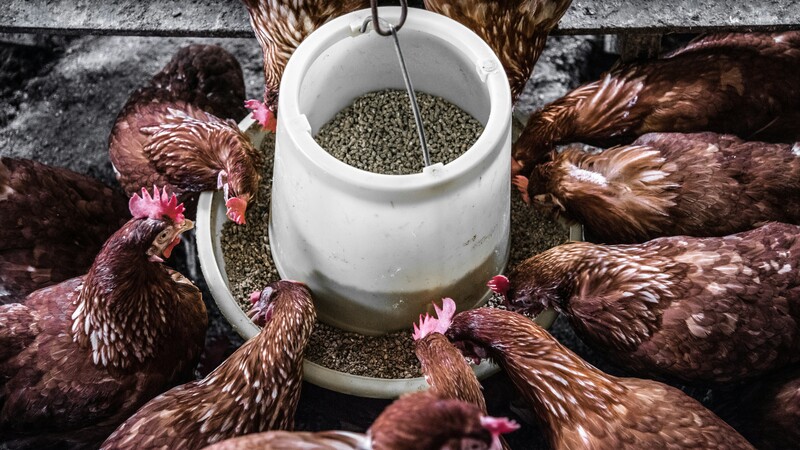Birds have already given us food, inspiration for band names, and countless sports mascots. Unfortunately, they might also be giving us a nasty virus.
Driving the news: A recent outbreak of bird flu in U.S. cattle has now spread to a human, with at least one person in Texas testing positive for the virus. It’s the latest worrying development in an outbreak that has infected millions of animals around the world.
- The H5N1 avian influenza — also known as bird flu — has been found in 11 cattle herds across four U.S. states. It’s the first time the flu has been detected in dairy cattle.
- More than 3 million birds in Canada have been affected by the flu since September, spurring fears that the virus could soon spread to cattle here, as well.
Catch-up: Like unironic mullets, bird flu has seen something of a resurgence lately. Last year, the virus infected and killed a polar bear for the first time and also killed tens of thousands of seals and sea lions.
- More than 800 people worldwide have also been infected with bird flu over the past two decades, more than half of whom have died.
Why it matters: Unless you’re working with farm animals every day, the bird flu probably isn’t something to worry about just yet. Given influenza viruses' ability to mutate, however, there is a risk that a strain eventually becomes much more threatening to people.
- A sample of H5N1 found in a Chilean man last year had two mutations that indicated the virus was adapting to infect mammals.
- Some experts say that they’d be surprised if there weren’t some degree of cow-to-cow transmission, a development that could eventually lead to more outbreaks in other mammals (i.e., humans).
Bottom line: From a public health point of view, it’s not time to hit the panic button — but agricultural supply chains could be in for a difficult summer.—LA
